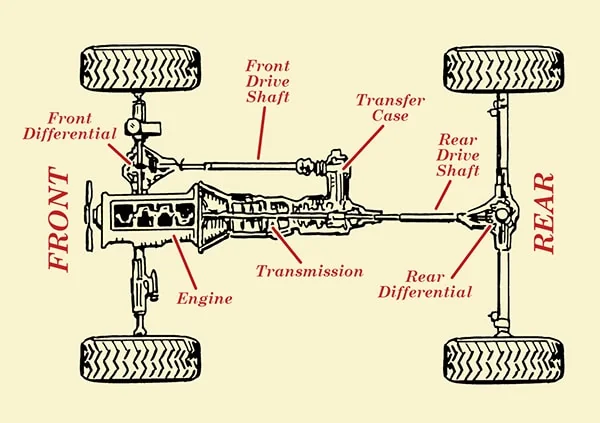Almost nothing in this article is accurate. AWD vs 4WD has nothing to do with locking front and rear differentials. It is that one has a transfer case, and the other does not. Most 4WD vehicles have open front and rear differentials.
The National Park Service doesn’t require locking differentials, so I’m not sure where this person got that idea from. They do however require that they have a transfer case, which the Cybertruck and Rivian do not. So despite the author claiming those would be 4WD, they are not. And do not qualify by the definition used by the NPS.
I think they are correct that there may be a need to update the rules since EVs have no need for a transfer case since there is no mechanical connection between the front and rear axles typically. It’s terrible to try and make that argument with all of your other information incorrect however.
